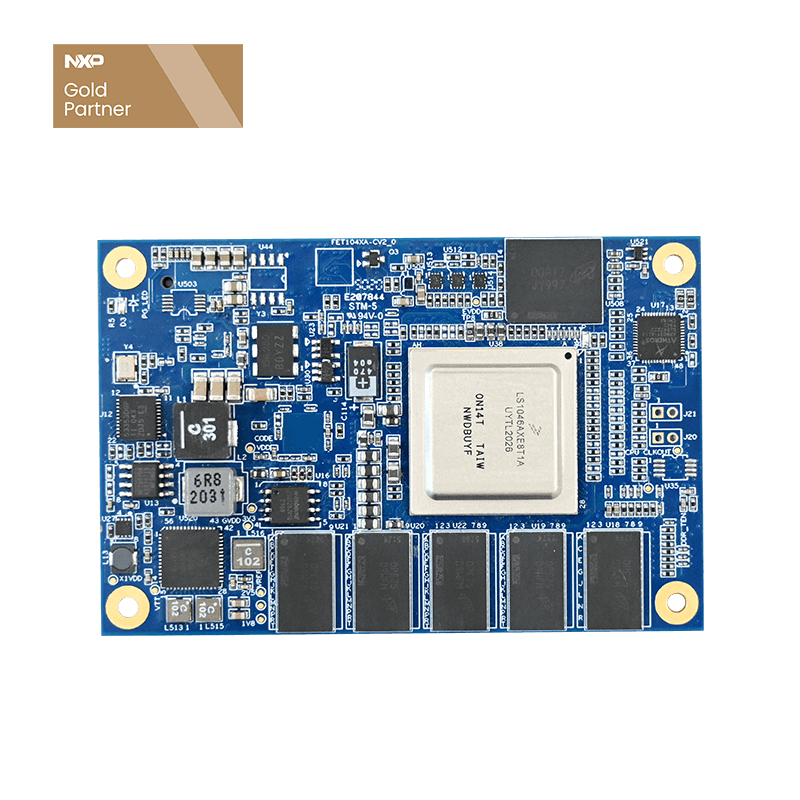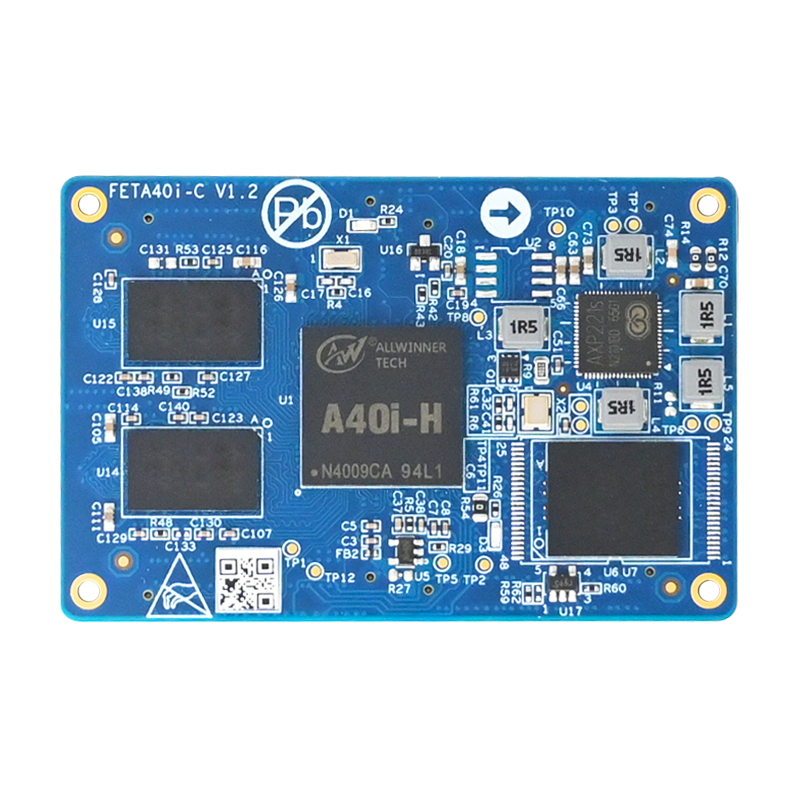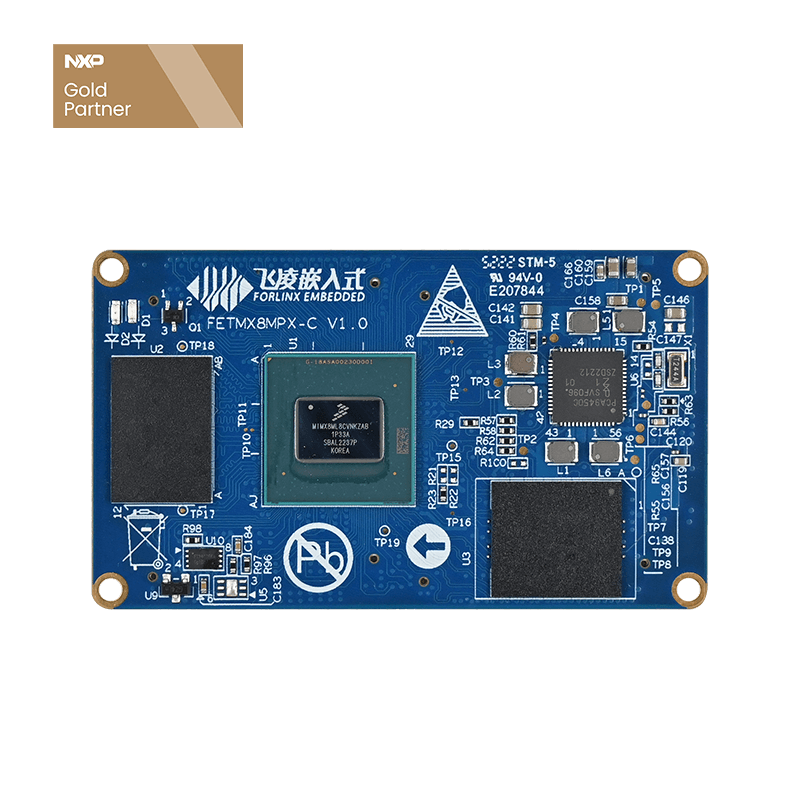
Top 10 advantages of SoM | Embedded ARM Microprocessor Selection
To choose an ARM processor, there are many factors to consider, not only pure hardware interface but also consider the relevant operating system, supporting development tools, emulators, as well as the experience of engineer microprocessors and software support. Whether the microprocessor selection is appropriate will determine the success or failure of the project.
Of course, it's not that choosing a microprocessor means success, because the success or failure of a project depends on many factors.
Considerations for embedded ARM microprocessor selection
In product development, as a core chip microprocessor, its own function, performance, reliability is high hope, because the richer its resources, the more powerful it comes with, the shorter the product development cycle, the higher the project success rate. However, no microprocessor can be perfect to meet the needs of each user, so this involves the choice of type.
- 1. Once the functionality and performance of a product in the application area are customized, the application area in which it is located is determined. The determination of application areas will narrow the selection, e.g. the working conditions of products in the field of industrial control are usually harsh, so the operating temperature of the chip is usually wide temperature so that industrial-grade chips are selected and commercial-grade is excluded.
- 2. Bring your own resources often see or hear the question: What is the main frequency? Is there a built-in Ethernet MAC? How many I/O outlets are there? What interfaces do you have? Is OS (operating system) supported? ...... All of the above involves the problem of chip resources, what kind of resources come with the microprocessor is an important consideration of selection. The closer the chip comes to the needs of the product, the simpler the product development will be.
- 3. To support OS, RAM, and ROM, the scalable resource hardware platform requires more resources. Chips generally have built-in RAM and ROM, but its capacity is generally very small, built-in 512 KB even very large, but running OS is generally more than megabits. This requires the chip to expand the memory.
- 4. Power consumption alone "power consumption" is a more abstract term. Here are a few examples of images:
- When air conditioning is used in summer, the electricity bill at home will skyrocket. This is because air conditioning is a high-power household appliance, when people think, "If only air conditioning could save electricity like flights."
- The MP3 and MP4 are all battery-powered. Just listening to music to watching the video, the system because there is no power automatically shut down, who will complain "and no power!"
- At present, mobile phones generally use lithium batteries, mobile phone standby and talk time has become an important indicator of people's choice of mobile phones. The longer the standby and talk time, the longer the battery life can be improved, and the life of the phone is relatively improved. This reflects the desire for low power consumption. Low-power products, i.e. energy-saving and cost-saving, and even reduce environmental pollution, it has so many advantages, so low power consumption has become an important indicator of chip selection.
- 5. There are two types of microprocessor chip packages commonly packaged: QFP and BGA. BGA type package welding is more troublesome, the general small company will not weld, but BGA package chip size will be much smaller. If the product is not strict on chip volume, it is best to choose the QFP package.
- 6. Chip continuity and technology inheritance at present, product replacement speed is very fast, so in the selection of the chip to consider the upgradeability. If it is the same manufacturer of the same kernel series of chips, its technology inheritance is better. Consider well-known semiconductor companies and then check their products before making a judgment.
- 7. Price and availability of guaranteed chips are also factors that must be taken into account. Many chips are currently in trial stages, and their price and availability are in a precarious state, so choose a mass-produced chip when choosing.
- 8. Emulator is the hardware and underlying software debugging tools to be used, without it will be basically difficult to walk in the early stages of development. Choosing the right emulator will bring a lot of convenience to the development. For people who already have an emulator, consider whether it supports the selected chip during the selection process.
- 9. OS and development tools as product development, in the selection of chips, must consider its support for software, such as what kind of OS support. For people who already have OS, consider whether the selected chip supports the OS during the selection process or vice versa, whether the OS supports the chip.
- 10. The current trend of technical support is to buy services, that is, to buy technical support. A good company's technical support capabilities are relatively guaranteed, so it is best to choose a well-known semiconductor company when choosing a chip. In addition, the maturity of the chip depends on the size and usage of the user. Choose to use a wider range of chips on the market, there will be more shared resources, to bring a lot of convenience to development.
Share a few of the benefits of Forlinx's embedded ARM core board. Hope to help you choose!
- 1. Reduce product development time by 6 to 12 months
- 2. Reduce the time cost of component procurement
- 3. Reduce the difficulty of research and development personnel
- 4. Avoid cumbersome production/manufacturing/inspection
- 5. Avoid complex processor development
- 6. Avoids a wide variety of driven migrations
- 7. Reduce design development risk
- 8. Reduce development costs
- 9. 14 years of industry accumulation, technical stability
- 10. Product success stories and avoid detours




